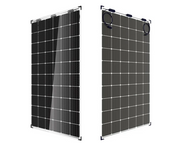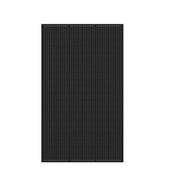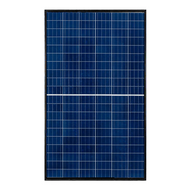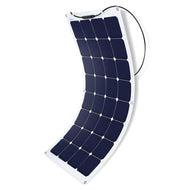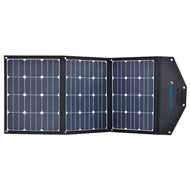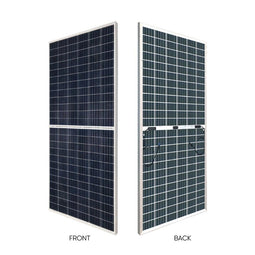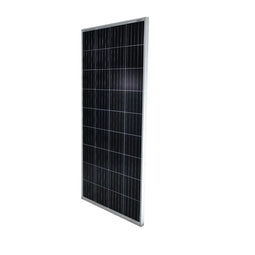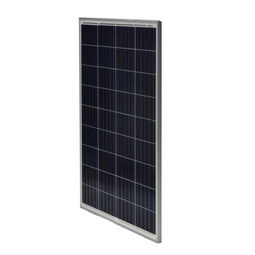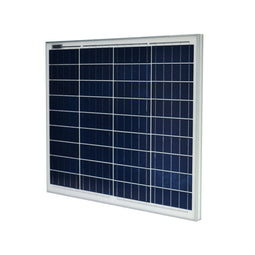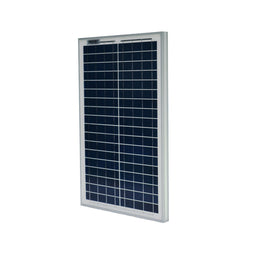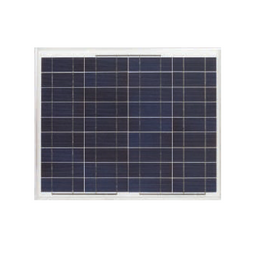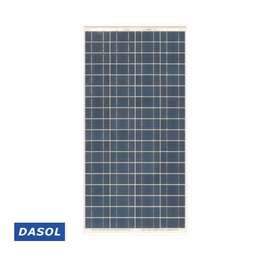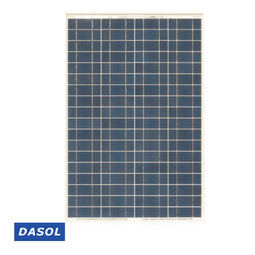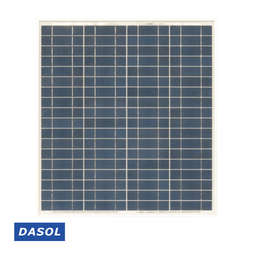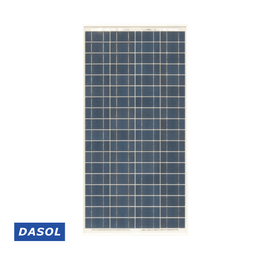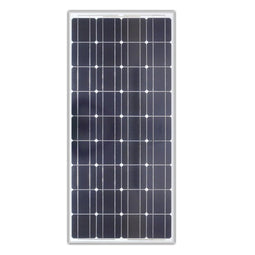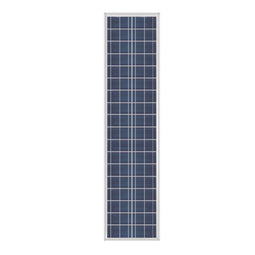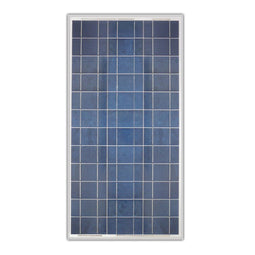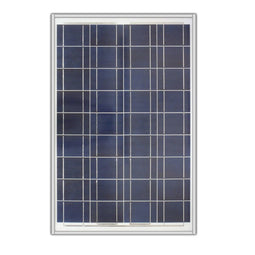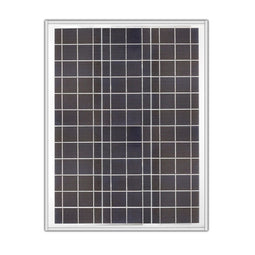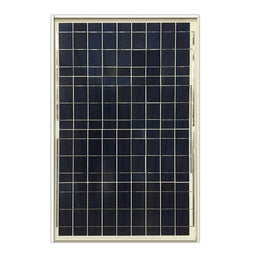About Poly Crystalline
Polycrystalline solar is the most widely used solar cell across the globe.Polycrystalline solar panels are also referred to as “multi-crystalline,” or many-crystal silicon. Because there are many crystals in each cell, there is too less freedom for the electrons to move.It is made up ofhigh purity, polycrystalline silicon, used as a raw material by the solar photovoltaic and electronics industry. Polycrystalline cells can be recognized by a visible grain, a metal flake effectof blue-ish hue.
Polycrystalline cells were previously thought to be inferior to monocrystalline because they were slightly less efficient. However, because of the cheaper method by which they can be produced — coupled with only slightly lower efficiencies — they have now become the dominant technology on the residential solar panels market.
Advantages:
- Cost less than mono-crystalline
- Having longer life (up to 25 years)
- The amount of waste is also less on the panel itself because of the way the silicon wafers are applied to the panel.
Disadvantage:
- Slightly less efficient because of lower silicon purity
- Require a slightly larger area to output the same electrical power as you would with mono panels
Major Manufacture:
- REC Solar
- Canadian Solar
- Jinko Solar
- Aco Power (For 15W to 100W)
- Ameresco Solar (For 2.5W to 120W)

 Bifacial
Bifacial Mono Crystalline
Mono Crystalline Poly Crystalline
Poly Crystalline Thin Film
Thin Film Foldable Solar Panel
Foldable Solar Panel Residential On Grid
Residential On Grid Commercial On Grid
Commercial On Grid Solar Storage / Hybrid Inverter
Solar Storage / Hybrid Inverter Solar Battery Inverter
Solar Battery Inverter RV Off Grid Solar Inverter
RV Off Grid Solar Inverter Lithium ion Batteries
Lithium ion Batteries AGM Batteries
AGM Batteries Lead Acid Batteries
Lead Acid Batteries Lithium Batteries
Lithium Batteries Lead Carbon Batteries
Lead Carbon Batteries Deep Cycle Flooded Battery
Deep Cycle Flooded Battery Solar Workstation
Solar Workstation Solar Security Camera
Solar Security Camera Solar Freezer
Solar Freezer Battery Charger
Battery Charger Meters
Meters Distribution Panel
Distribution Panel Battery
Battery Invertor Charger
Invertor Charger Breaker Panel
Breaker Panel